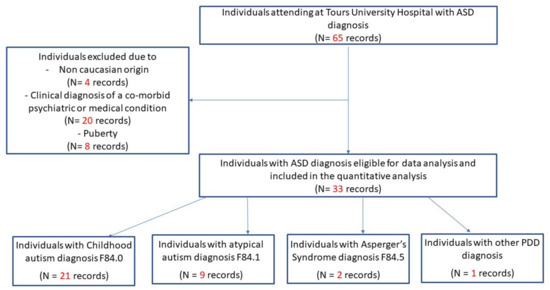Go to the device manager, click on the asd device needing the driver. Click on the driver tab. Click on Update Driver. Select the Browse my computer for driver software option, and browse to the driver folder you unzipped. Make sure the Include Subfolders box is checked, and the driver should install. Then restart the PC. To add a multi-function PCI device to a KVM guest virtual machine: Run the virsh edit guestname command to edit the XML configuration file for the guest virtual machine. In the element, add a multifunction='on' attribute. The PCI driver arbitrates the resources for the child devices and manages any other multifunction aspects of the device. The vendor of the multifunction card provides function drivers and INFs for the ISDN and modem devices, just as if they were separate devices. Re: Cant find driver for ACPIASD00012&DABA3FF&0 In the same Device Manager window that you posted in the Property menu go to HARDWARE ID and post what that shows. That will show the actual Hardware ID number which can be looked up to find out what specific hardware driver you need. If you choose to use Microsoft's bus driver, then you've got to conform to all the picayune details of the PCI and PCI Express specs for multi-function devices and all the things implied by those specs within Microsoft's driver model.
- ASD Multifunction Devices Driver
- Asd Device Heart
- Asd Multifunction Devices Driver Updater
- Asd Multifunction Devices Driver Scanner
ASD Multifunction Devices Driver

Asd Device Heart
-->A multifunction device is a single adapter card that incorporates two or more separate functions (or subdevices). A multifunction device can contain two or more audio subdevices. It may also span device classes. A device containing audio and modem subdevices, for instance, belongs to both the media class and the modem class. For more information, see Supporting Multifunction Devices.

The WavePci port driver in PortCls places special requirements on multifunction devices. In particular, an adapter driver must provide a way to configure each subdevice so that it can be controlled independently of the other subdevices in a multifunction device. This can be accomplished by setting up the PCI configuration space for your multifunction device in one of two ways:
Asd Multifunction Devices Driver Updater
The preferred method is to assign a separate device ID to each logically distinct subdevice on your multifunction device. If your multifunction device contains modem, audio, and joystick subdevices, for example, the system should be able to represent each subdevice as an independent devnode in the device tree. The subdevice represented by each device ID has its own set of PCI configuration registers and is orthogonal to and independent of the other subdevices. For instance, enabling or disabling one subdevice (the audio subdevice, for example) should have no effect on any other subdevice (the modem, for example). This type of multifunction device requires no special hardware-specific driver support apart from the proprietary drivers for the subdevices themselves.
A second way to design a multifunction device is to assign a single device ID to the device as a whole and to provide separate PCI base-address registers (BARs) for the individual subdevices. In this scheme, the subdevices share a common set of configuration registers but each subdevice has its own BAR or BARs. The system multifunction driver (for example, Mf.sys on Microsoft Windows 2000 and later; see Using the System-Supplied Multifunction Bus Driver) can configure the base address for each subdevice's status, command, and data registers independently of the registers for the other functions. If your device's BARs are not logically separable by subdevice, you cannot use PortCls to manage your device.
Asd Multifunction Devices Driver Scanner
The remainder of this section describes the steps necessary to implement approach (2) in the preceding list. The following topics are discussed:
